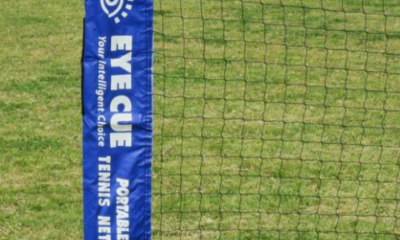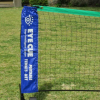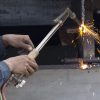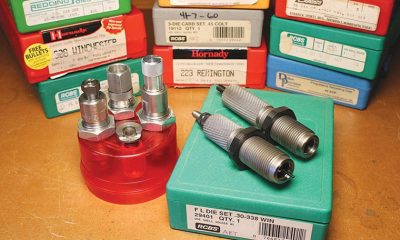Sports & Travel
Beginner’s Guide to Reloading Dies: What They Are and How to Use Them
Reloading is a hobby and a cost-cutting measure that allows shooters to delve deeply into the world of ballistics, accuracy and craftsmanship. For most shooters, learning to reload is a rewarding experience that enhances not only the shooting experience but also the functionality of their weapons. Reloading your ammo allows you to shoot more for less and opens the door to producing custom ammo that’s perfectly matched to your gun.
What is a Reloading Die?
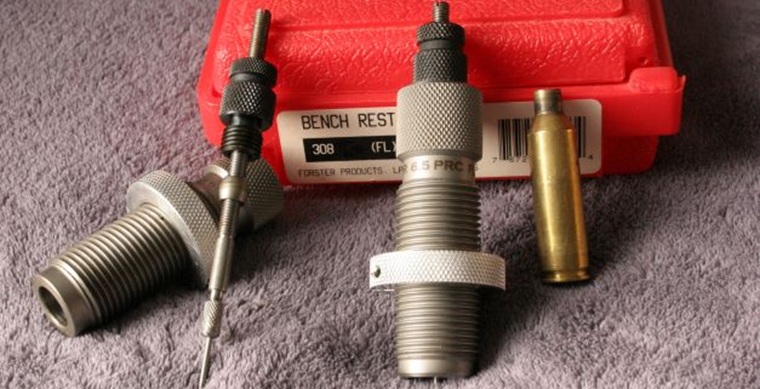
The reloading dies are precision tools that accept spent cartridge cases and reshape them into reusable components of ammunition. Essentially, these dies to perform the critical functions of resizing, and, in certain instances, seating the bullet so that you can have the spent cases ready for reloading round two.
Constructed from high-quality steel and designed to meet strict specifications, dies are the workhorse of the reloading process. They come in various types, and each quality reloading die is designed for specific tasks during the reloading process. While some dies are intended to size cases so that they are a perfect fit into your firearm’s chamber, others will trim off surplus brass, fire primer removal, or even seat new bullets onto the case precisely.
The greatest advantage of reloading the dies is that they can standardize ammunition so all your rounds are identical. For the reloading enthusiast, a quality set of dies is essential as this enables you to reproduce the exact dimensions and tolerances needed for performance as well as safety. With the sheer number of dies available on the market, selecting the right ones for your specific applications depends on the calibre of ammunition that you will be reloading and the degree of customization desired.
The Reloading Process
The reloading of ammunition is a sequence of progressive operations that transform spent cartridge cases into new, serviceable rounds. While the process may appear daunting initially, it can be learned with some practice and diligence. It typically begins with the cleaning of spent cases to remove any residual material, followed by close examination for wear and damage.
After cleaning, the second critical step is resizing the cases using reloading die. This process puts the case back into original form, so it will chamber correctly and will be safe to use in your firearm. During resizing, the dies also remove the deformations that occur during firing, which is necessary to maintain consistent pressure and velocity in subsequent loads. Resizing is the most critical operation for most reloaders because it directly affects the safety and reliability of the ammunition.
The process then moves to de-priming, whereby the old primer is stripped off from the case. A few dies for reloading also include a de-priming facility, in which case this operation becomes self-implemented during resizing. Following the stripping off of the old primer, new primers are loaded into the case. Then the case is loaded with the matching powder charge.
Finally, the bullet is seated into the case. Some of the dies include an adjustable seating depth so that you can seat the bullet in the proper position and securely. A final crimping operation can be performed to hold the bullet in place, especially in high-velocity or magnum loads where the bullet might otherwise be knocked out of place when fired.
How to Use Them?
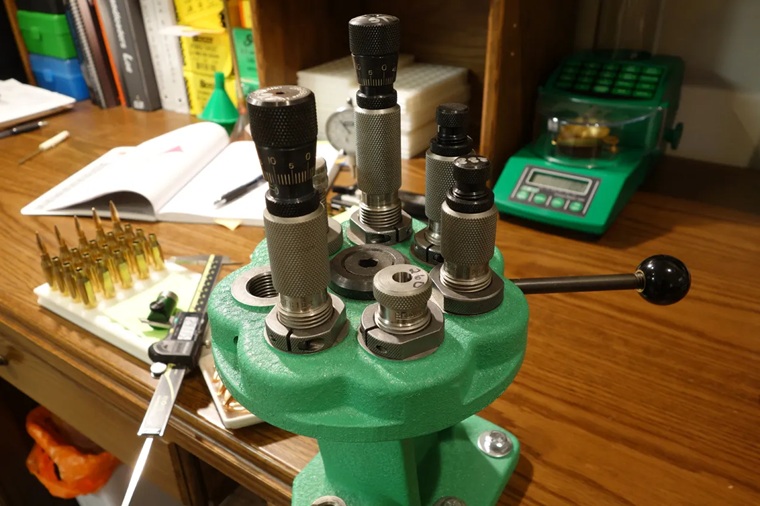
Correct reloading die usage is paramount to consistent, safe ammo. Begin by selecting the appropriate dies for your cartridge and by thoroughly reading the manufacturer’s instructions. Insert a cleaned cartridge case into it, then utilize the resizing die (preferably with built-in de-priming) to restore dimensions to spec, verifying with a micrometer as needed. Next, charge the case with powder and seat the bullet with adjustable settings for preferred depth. Finally, use a crimping die to secure the bullet, inspecting each round for defects. With practice, these steps become second nature, creating consistent, quality ammunition.
Tips for Beginners
For beginners, reloading can seem like a technical and intimidating process. Start slowly, reloading only a limited amount of ammunition until you feel comfortable with your technique. Over time, as you become more skilled at the process and your equipment, you can gradually ramp up your production. The excitement of shooting rounds that you’ve loaded yourself is wonderful, and with good practice you can enjoy both the hobby and the savings of reloading your ammunition.
Start by investing in a good reloading manual or guidebook that includes recommended loads and reloading techniques for your specific calibre. A reloading class or membership in a local reloading club can also provide hands-on instruction and good advice from experienced reloaders. Organize your components and label them, like your reloading ammo. Make sure to note your load data so you can always know what is in your ammo at any given time.
Final Words
Reloading your ammunition offers a unique blend of artisanship, cost savings, and performance tailoring that can dramatically enhance your shooting experience. From understanding dies and how to go about the complex steps of the reloading process to knowing how to use these machines safely and effectively, this tutorial has addressed the fundamental reloading processes for beginners.
Writing for the blog since 2012, Chris simply loves the idea of providing people with useful info on business, technology, vehicles, industry, sports and travel – all subjects of his interest. Even though he sounds like quite the butch, he’d watch a chick flick occasionally if it makes the wife happy, and he’s a fan of skincare routines though you’d never have him admit that unless you compliment his impeccable skin complexion.









